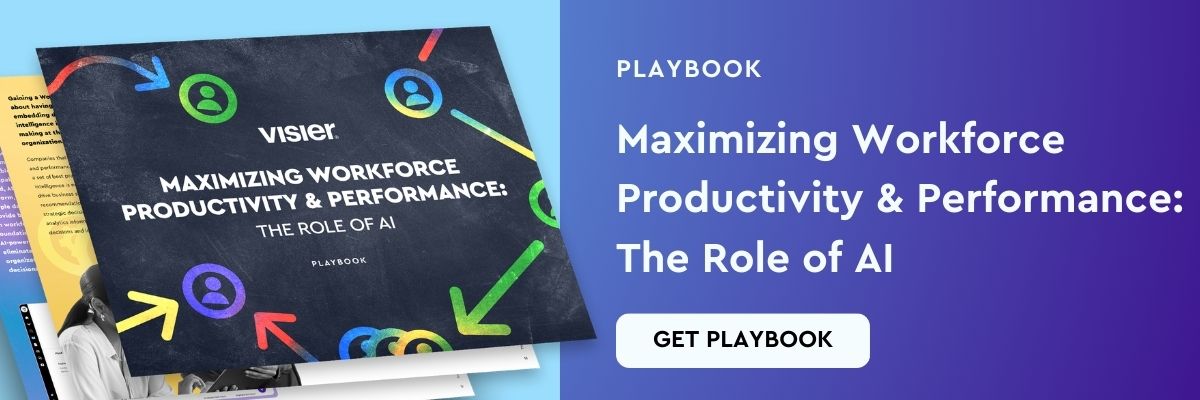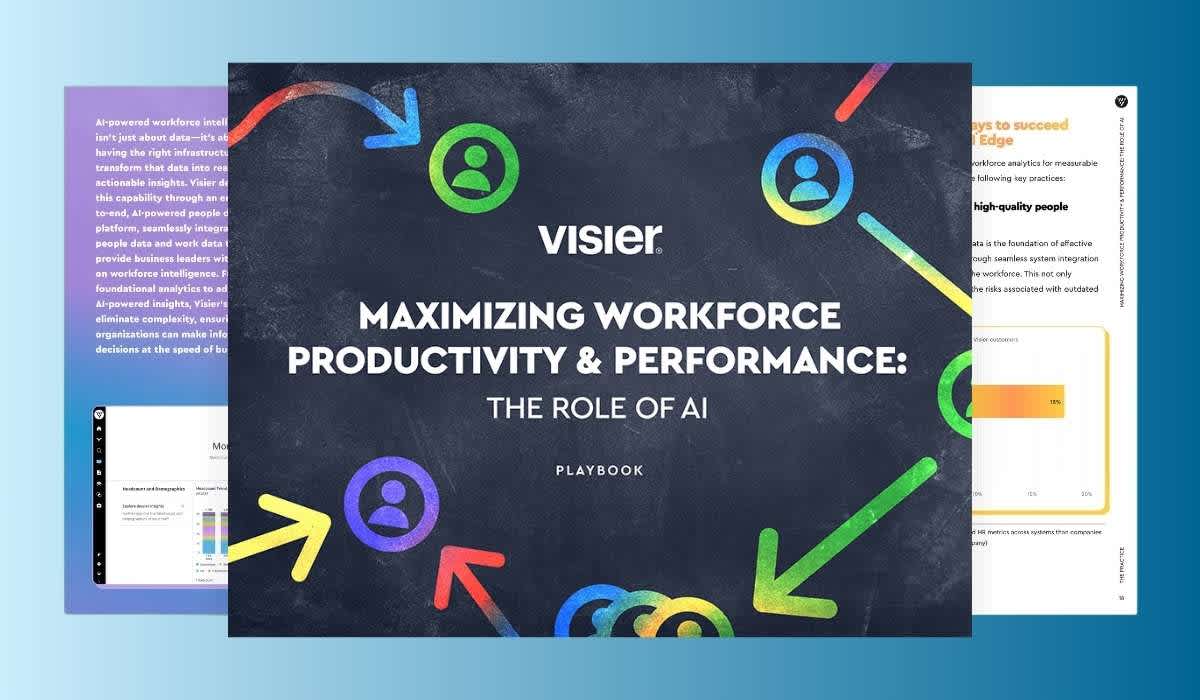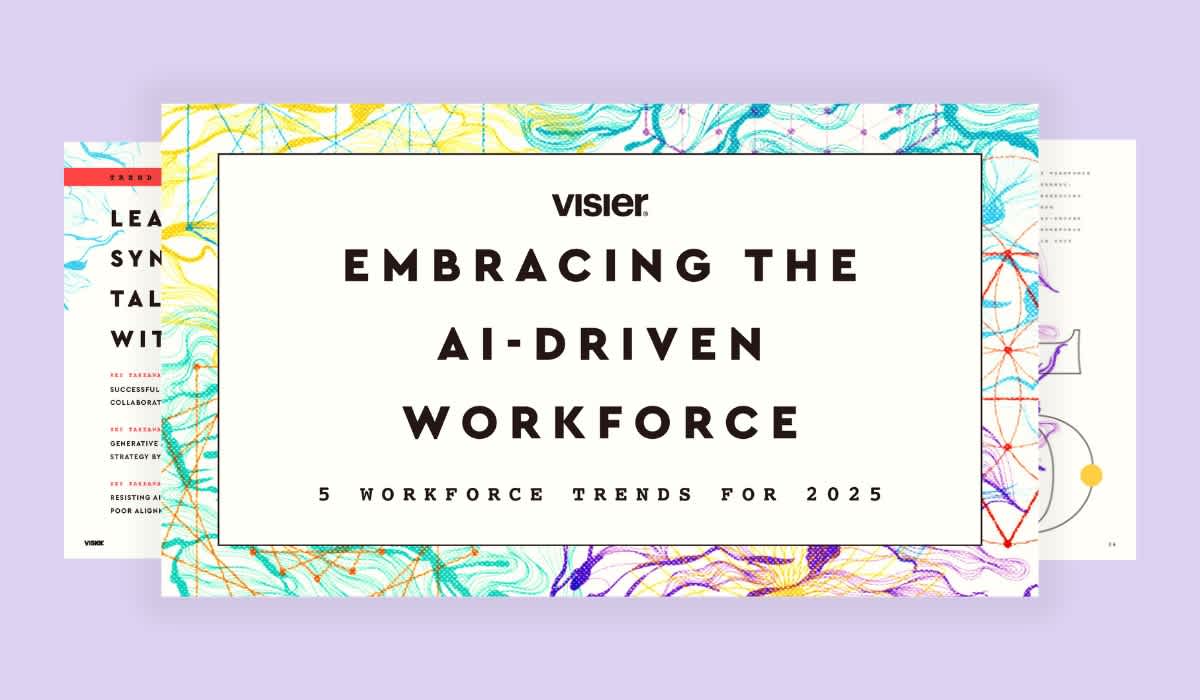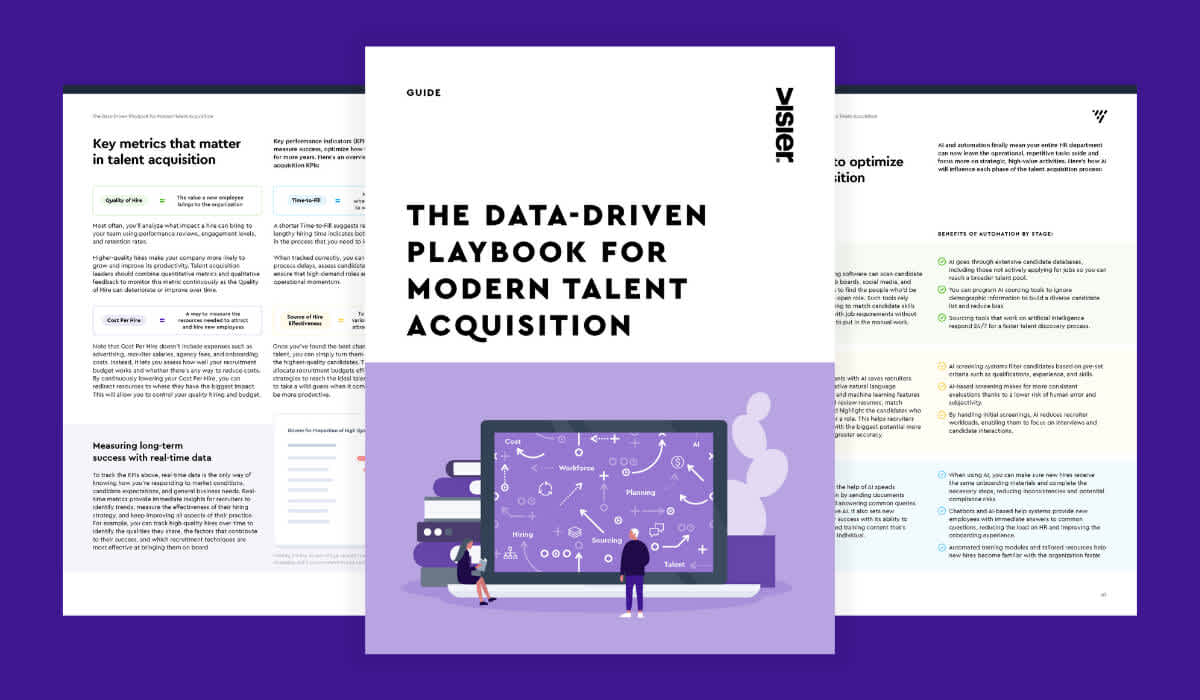Talent Density Explained: Driving Growth with Top Performers
Talent density boosts productivity, innovation, and growth. Learn strategies for building, balancing, and measuring talent density in your workforce.

Companies today operate in an ever-changing environment and are continually impacted by competition, changing consumer preferences, and technology. In that environment, employees—or human resources—continue to be vitally important to achieving organizational goals and objectives. Companies are interested in ensuring that they have the right talent on board and want that talent to be top-notch.
Talent density is a concept related to talent that has emerged in recent years. Here, we explore what talent density is, why it matters, and strategies for building talent density while balancing it with team collaboration and taking steps to measure and maintain its positive impact over time.

What is talent density?
Talent density measures the number of high-performing employees compared to the overall workforce. The higher that ratio, the greater the density of talent. Organizations with talent density benefit from greater productivity, innovation, and overall performance, providing them with a distinct competitive advantage.
The term was initially coined by Netflix's Chief Talent Officer, Patty McCord, and popularized by the company’s co-founder and co-CEO, Reed Hastings, in his book No Rules Rules. It’s based on the idea that quality is more important than quantity when building a workforce and that having a lot of available talent—density—can help drive business success.
In addition to Netflix, other companies like Google and Amazon have also embraced the idea of talent density. Google, for instance, is well known for its rigorous hiring process designed to attract top talent. Amazon reviews employee demographics and performance data to ensure that high levels of talent density are maintained.
Why talent density matters for business growth
A highly talented workforce has a marked impact on organizational productivity and efficiency. McKinsey, for instance, indicates that high performers can be up to 400% more productive than average employees across a number of fields. In more complex jobs, like software development, that percentage can climb as high as 800%.
High productivity also has a ripple effect on innovation, employee morale, and retention. When employees are highly skilled, and their talent is valued, they’re encouraged to share ideas and be innovative, which leads to higher engagement and satisfaction and serves to keep them on board.
Strategies to build talent density in your team
It’s natural that any organization would want to build a cadre of top talent and increase talent density. But what are some actionable ways to do this?
It starts with recruiting top talent. That requires effective assessment of talent based on the knowledge, skills, and abilities correlated with high performance and success. In addition to seeking talent from top sources—like schools known for educational excellence in specific fields, for instance—it’s important to have assessment processes designed to evaluate candidate aptitude through structured interviews, skills assessments, team interviews and other means.
Talent assessments can assess aptitude, skills, and personality characteristics. People analytics can drive data-driven hiring decisions.
Once on board clear performance metrics and development plans are important to ensure that employees can leverage their talent to achieve desired results. In addition, these assessments can point to skills gaps or opportunities for upskilling and reskilling to ensure talent density remains strong over time.
Retaining top talent is also important. Establishing a culture designed to align with employees’ interests and values is a key way to ensure engagement and longevity.

Balancing talent density with team collaboration
While building a workforce with strong talent can certainly drive innovation and productivity, it’s also important to ensure that employees work effectively together as a team and avoid negative competition.
A strong bench of talented performers can lead to ego conflicts and competition for attention and limited promotion opportunities. High performers are also often quickly bored and seek constant challenges which can be difficult to accommodate.
To reap the rewards of high talent density while minimizing the potential pitfalls, organizations can:
Establish clear performance expectations
Promote and model transparent and open communication
Implement collaborative strategies and tools
Foster a sense of belonging
Provide regular feedback and recognition
Encourage cross-functional projects
Balance individual and team goals
Invest in teambuilding activities
It’s also very important to continually assess talent density over time and take steps to address any issues or gaps that may develop.
Measuring and maintaining talent density over time
Organizations can use various tools to assess and monitor talent density over time. For instance, AI-powered analytics platforms like Visier can analyze HR data from HCM systems along with cost data from ERP systems to evaluate talent density over time to identify trends and areas where attention may be needed.
Key performance indicators designed to measure employee starts, movement within the organization, and exits can help companies regularly monitor high performers to ensure their needs are being met. Talent analytics can help companies understand performance trends across departments and teams.
In addition to performance analytics, engagement surveys, and polls can be used to monitor satisfaction and identify potential retention risks.
Talent density is an important metric for today’s businesses to help ensure their continued competitiveness and ability to attract and retain top talent, while ensuring a culture and environment that is supportive and that provides opportunities for personal and professional growth and development. A changing environment impacted by continually evolving technological advancements requires ongoing monitoring and assessment to maintain gains and avoid losing talent in key roles.
Read more about talent density and talent development
Executing a deliberate talent development strategy helps to align employee development and skills with company needs. Learn seven talent development strategies to boost productivity.
Knowing how to measure employee productivity is critical to ensuring optimal performance results. Learn how here.
Employees and organizations thrive when everyone is empowered to grow. Talent development is at the heart of that growth. Learn more here.



